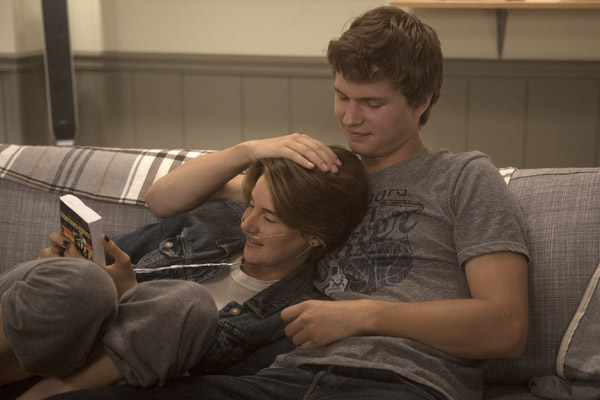John Green has quickly become one of the most influential people of our generation, at least according to Time magazine’s list of 100 most influential people. His first novel, Looking for Alaska, won him the prestigious Michael L. Printz Award from the American Library Association.
An Abundance of Katherines and Paper Towns, his second and third novels respectively, appeared on the New York Times Best Seller List. Paper Towns and Looking for Alaska have both been optioned by movie production companies.
Green has also collaborated with Maureen Johnson and Lauren Myracle on Let It Snow: Three Holiday Romances and with David Levithan on Will Grayson, Will Grayson. Both works were fairly successful and very well-written.
Green’s most recent novel is The Fault in Our Stars, which follows the story of Hazel Grace Lancaster, a terminally ill 16-year-old cancer patient. Hazel, less-than-willingly, attends a support group where she meets 17-year-old Augustus Waters who was diagnosed with osteosarcoma, but became cancer-free after having the majority of his leg amputated. After spending much of their time together, bonding over books and life, Hazel and Augustus become close friends, and then “more than friends.”
The novel is told from Hazel’s point of view, which is an impressive thing all on its own seeing as Green himself is a 36-year-old man. On many occasions, he has been called a ‘teen whisperer’ and ‘the voice of teenager everywhere.’
Green has a knack for being able to capture the essence of teenage thoughts. Sometimes, teenagers can be dumb and erratic, but teenagers can also be very thoughtful and opinionated. John Green just gets it. Adults all too often forget what their teenage years were like, but Green retained much from those years of his life.
And although the book can only be found in the Young Adult section at Barnes and Noble, The Fault in Our Stars is most definitely not age-specific, nor is it gender-specific for that matter. It appeals to a vast majority of people with its balance between comedy and tragedy.
For instance, Hazel knows her days are numbered, but she and Augustus both manage to make light of their situations. A popular example of this is when the pair is having their first conversation and Augustus puts a cigarette between his teeth. This angers hazel, but Augustus calmly explains that it’s a metaphor, “You put the killing thing between your teeth, but never give it the power to do the killing.”
Not only that, but the story of these two teenagers and their lives voices the “tragic business of being alive and in love,” as the back of the book so cleverly states. Hazel and Augustus know full well that their time together is limited, yet they dive into a relationship that gives them “a forever within the numbered days.”
Green has been said to be one of the best writers of recent times and The Fault in Our Stars, one of the best works of recent times. It’s easy to exaggerate a good writer to a great one and the same goes for a good book, but The Fault in Our Stars has not been exaggerated.
It’s thoughtful and emotional and the ending is sure to provoke a few tear-filled eyes. Anyone can read it and benefit from the story and its themes.
